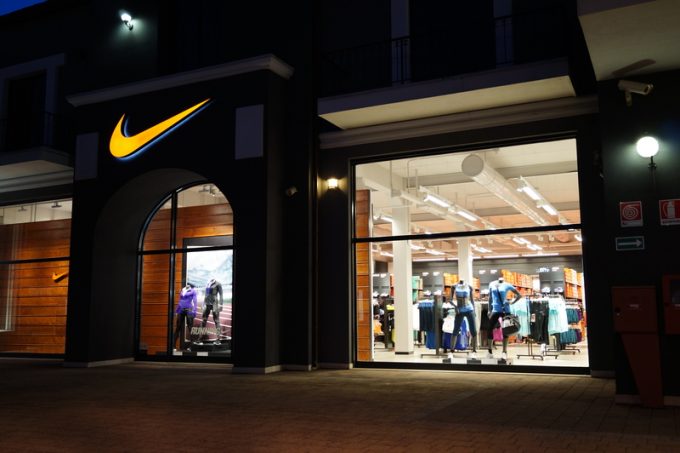Gemini to reintroduce direct Asia-Europe calls at Aarhus and Gothenburg
The first cracks in the Gemini partners’ philosophy of limiting direct calls on their Asia-Europe ...

The financial cost to major shippers of the twin supply chain challenges of container shortages and port congestion are becoming increasingly apparent as BCOs begin to report quarterly figures.
On Friday, US footwear and apparel giant Nike released its third-quarter results – covering its operating performance ...

Comment on this article